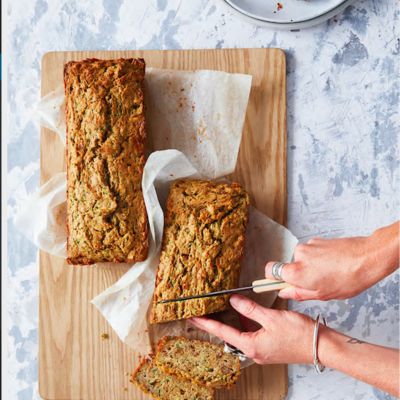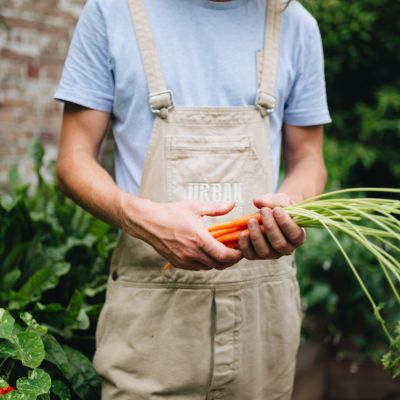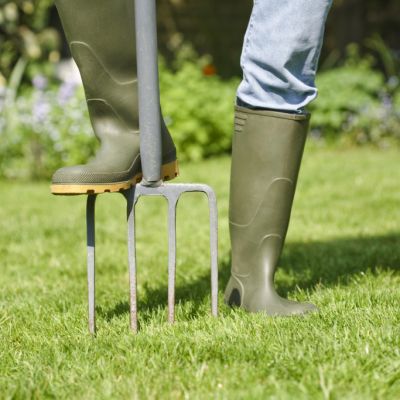What herbs and veggies to plant in autumn
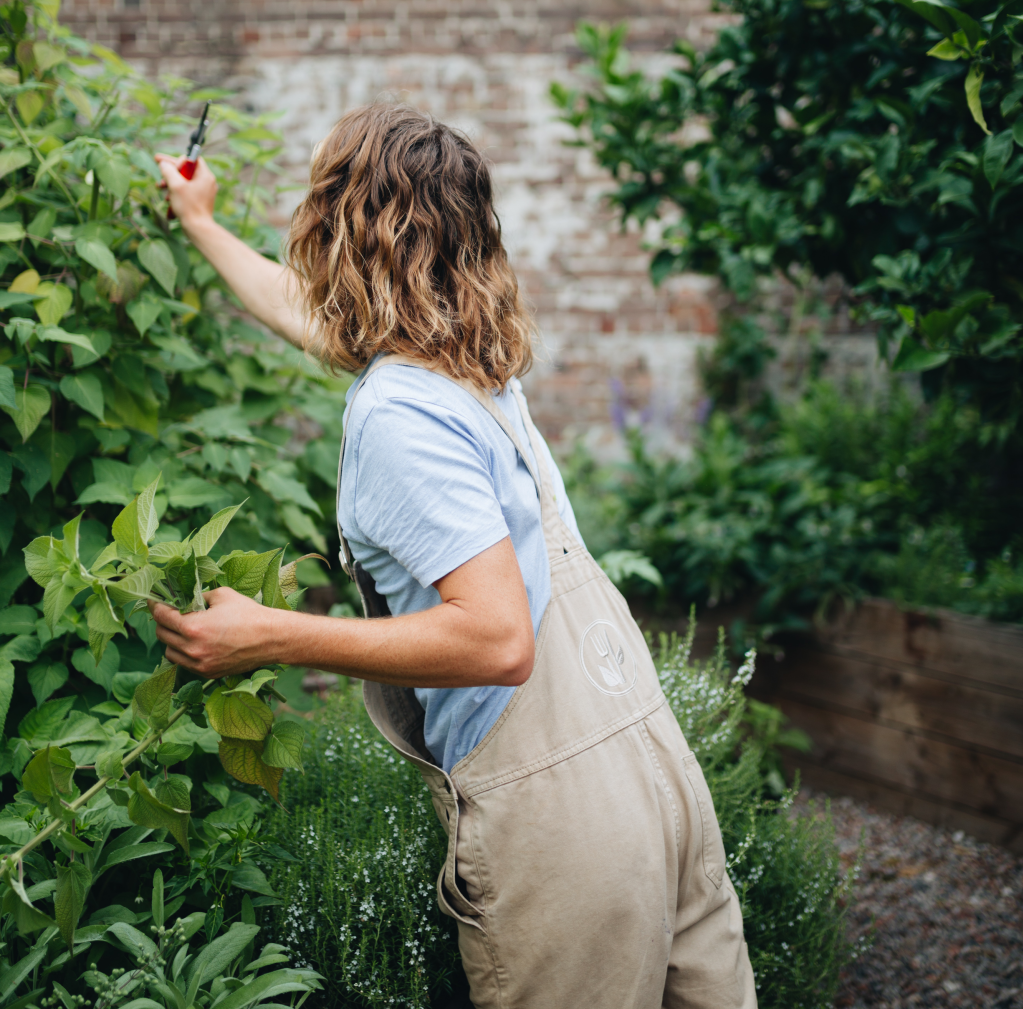
Well, I guess we can all agree that it’s a good time to stay home and grow something.
With autumn upon us, the timing is perfect to plant all of those cool season veggies, herbs and leafy greens. Below is my step-by-step plan of action for you for autumn edibles.
Fresh soil
If you need some garden soil, potting mix, compost or fertiliser, give your local nursery a call and see if they will deliver. Small businesses need our support more than ever, so I have a feeling they’ll go out of their way to get you what you need.
If you have a garden already or a few pots at home, pull out any plants from summer that have finished producing. Top up with at least 100 millimetres of new potting mix or compost, and then add an organic fertiliser such as blood and bone or dynamic lifter.
On top of that, add a layer of homemade compost or worm castings as this will create good soil structure, add nutrients, improve water-holding capacity and add living soil biology.
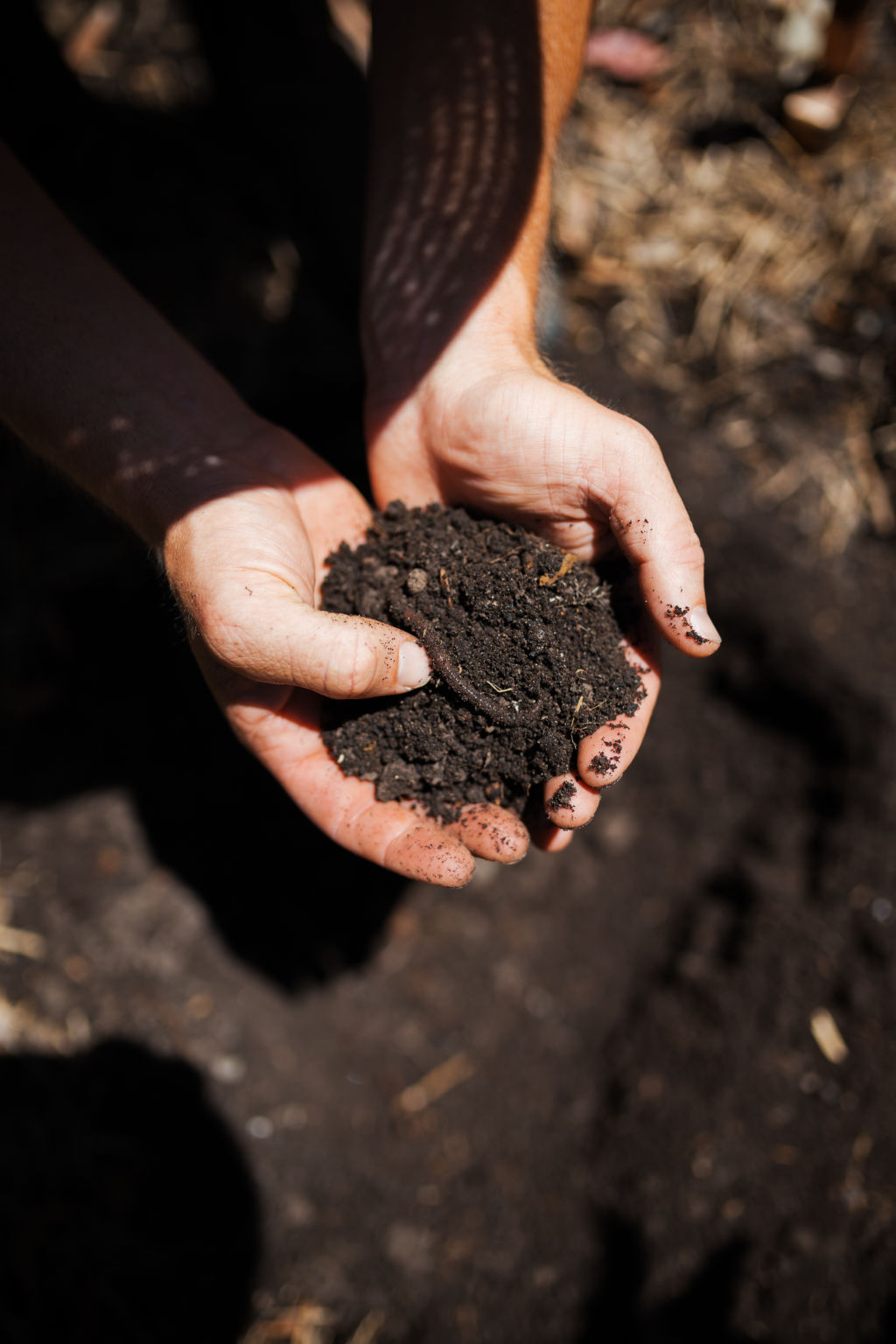
Order your seeds
If you’re wondering how to get your hands on seeds, the best way to do so during this time is to order online – head to Eden Seeds, Diggers Online, Green Harvest or Little Veggie Patch Co.
You’ll only need one pack of each – as we outlined in this article, there is no reason to hoard or bulk-buy seeds or seedlings.
I’ve included a plant list that you could order for autumn below. Obviously this is not an extensive list of all that you can plant now – the range of native, exotic, heirloom, rare and deliciously peculiar plants is endless – but let’s just keep it simple for now.
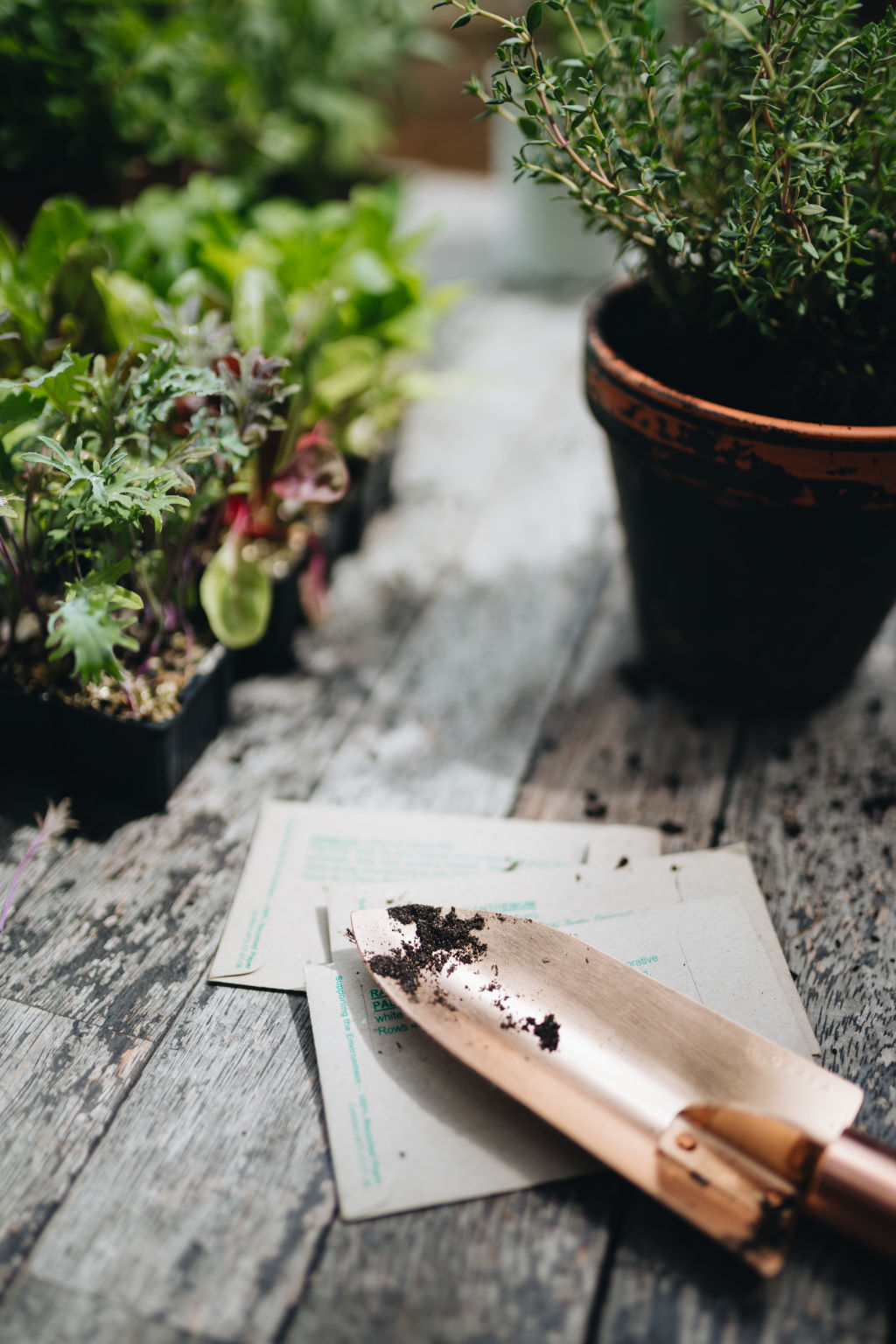
The herbs and leafy greens on the list with an asterisk are particularly good for your health so try to include a few of those in your garden, particularly during this time.
Choose your favourite veggies next.
Radishes are super quick and easy (and make you look like a great gardener no matter the truth). Beetroots are great as they store well and you can use the leaves in salads. I love garlic particularly around flu season, so I’ll be putting about 20 cloves in the ground. Beetroot, cabbage, and carrots are great for making kraut and peas are a good winter climber to utilise any sunny vertical space you might have.
Get growing
Plant your seeds as per instructions on the packet. Full sun during the cooler season will be fine for all of these, at the very minimum six hours per day is required for a good, quick harvest. Watercress is the exception to this rule and doesn’t mind the shade.
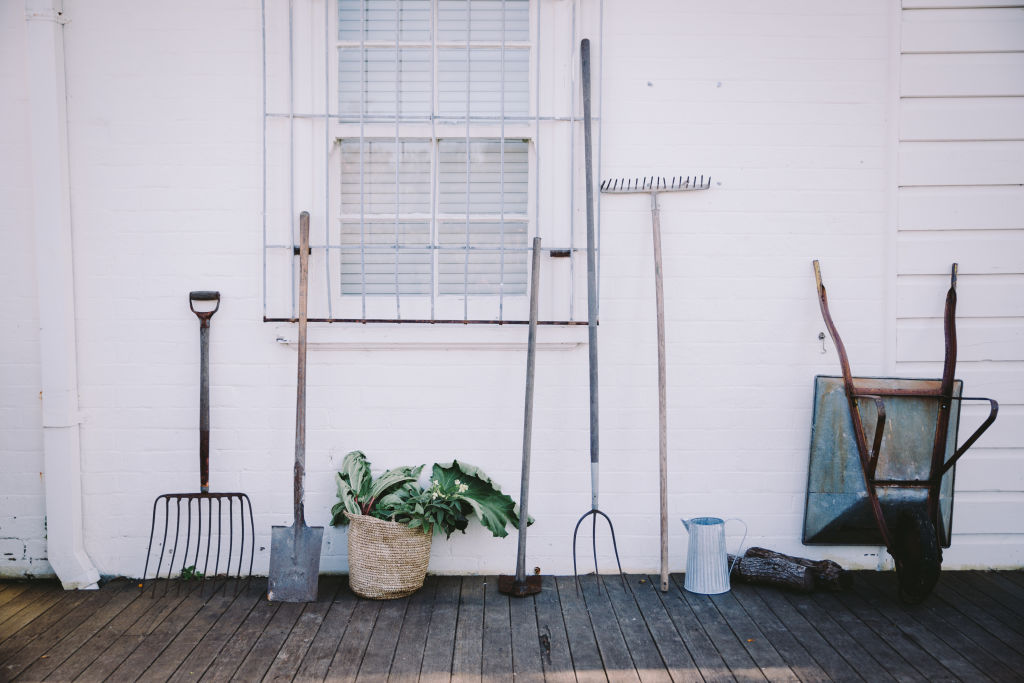
For larger seeds like beetroot, spinach, radish and pea, you only need just one seed in each hole. Fine seeds such as lettuce, rocket and carrot can be sprinkled and thinned out later, but you can assume that 90 per cent of seed will germinate so don’t waste them.
You can have hundreds of seeds in the one packet depending how fine they are, so don’t empty all the contents in the first day. You can keep succession planting over several weeks, which will save you from getting a glut of produce all at once.
Once the soil cools down in winter, germination will reduce or stop altogether. You’ll be simply using what’s growing at this point and you may want to order seeds for spring.
Keep the soil damp by using a watering can or light mist hose nozzle and, if you’ve got it, add some seaweed extract and worm juice to new seedlings at this stage.
If you find caterpillars are a problem, order some Dipel online to spray onto the leaves of the plants getting eaten. It’s a naturally occurring bacteria made by the CSIRO and is organic and safe for food gardens.
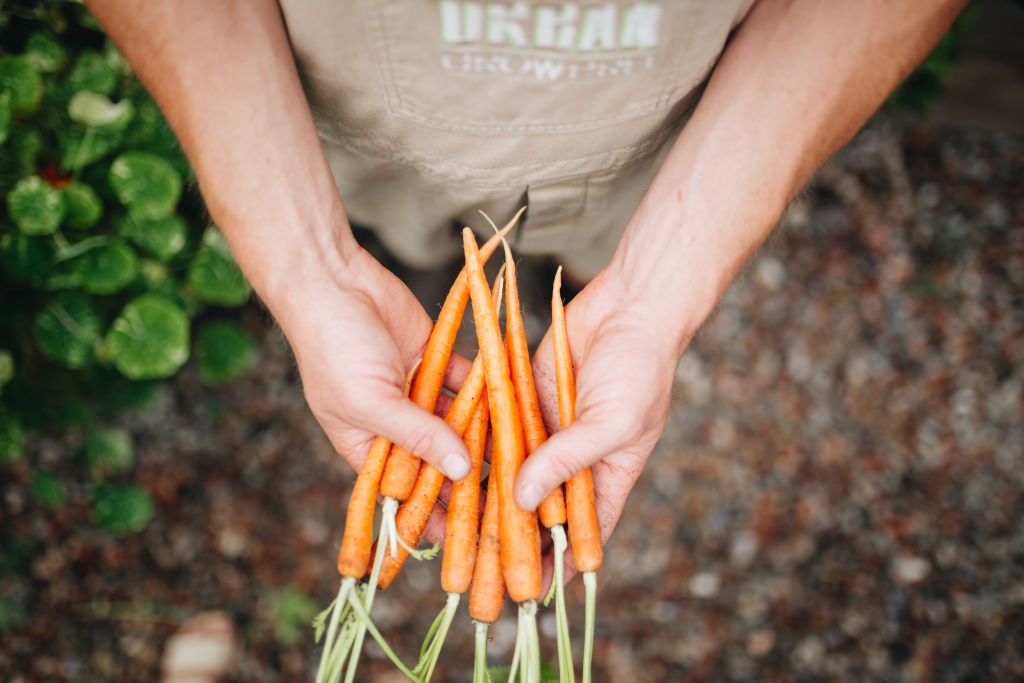
What to grow
Veggies:
- Beetroot
- Cabbage
- Carrot
- Cauliflower
- Celery
- Garlic
- Kohl rabi
- Leek
- Onion
- Parsnip
- Pea
- Radish
- Shallots
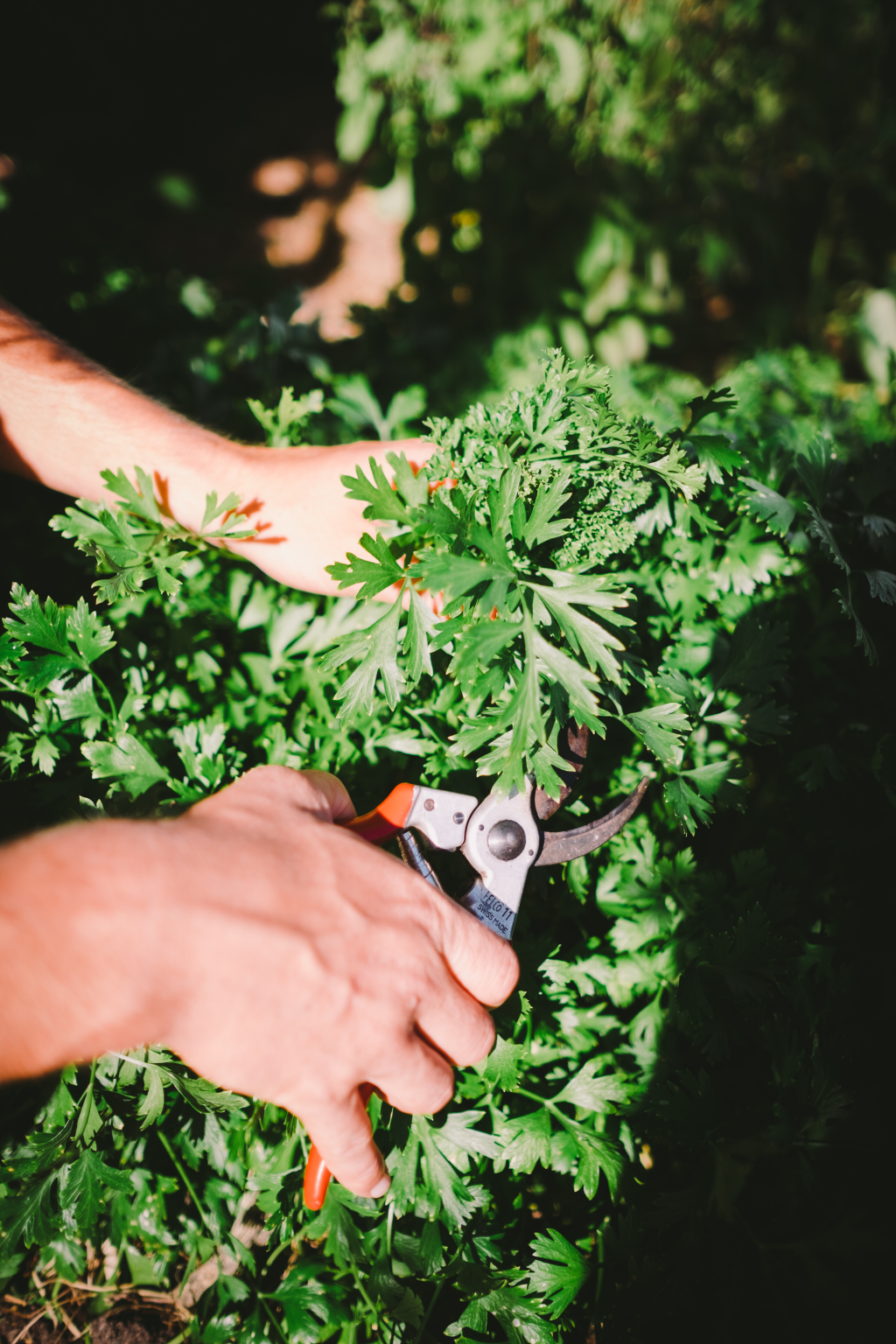
Herbs and leafy greens:
- Salad burnet
- Wombok
- Chervil
- Chives
- Cress*
- Dandelion*
- Dill
- Endive
- Kale*
- Lemongrass
- Lettuce
- Mibuna
- Mizuna
- Mustard greens
- Nasturtium
- Parsley*
- Shiso
- Radicchio
- Rocket
- Lemon Sorrel
- Tatsoi
- Watercress*
We recommend
We thought you might like
States
Capital Cities
Capital Cities - Rentals
Popular Areas
Allhomes
More
